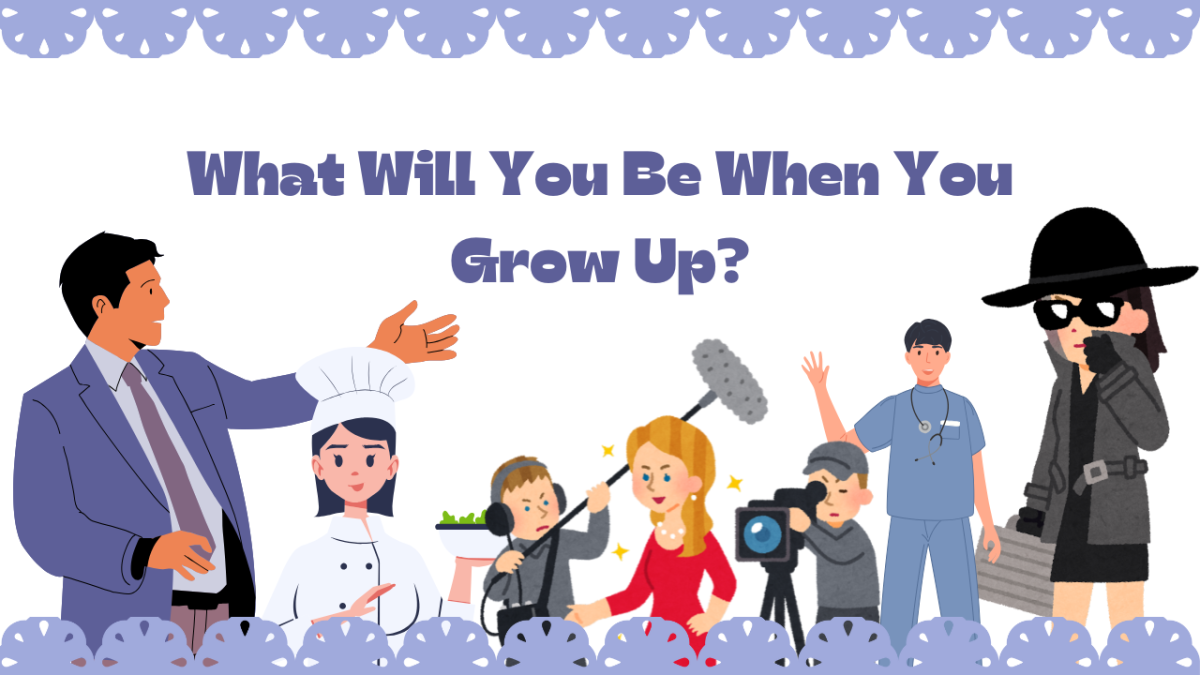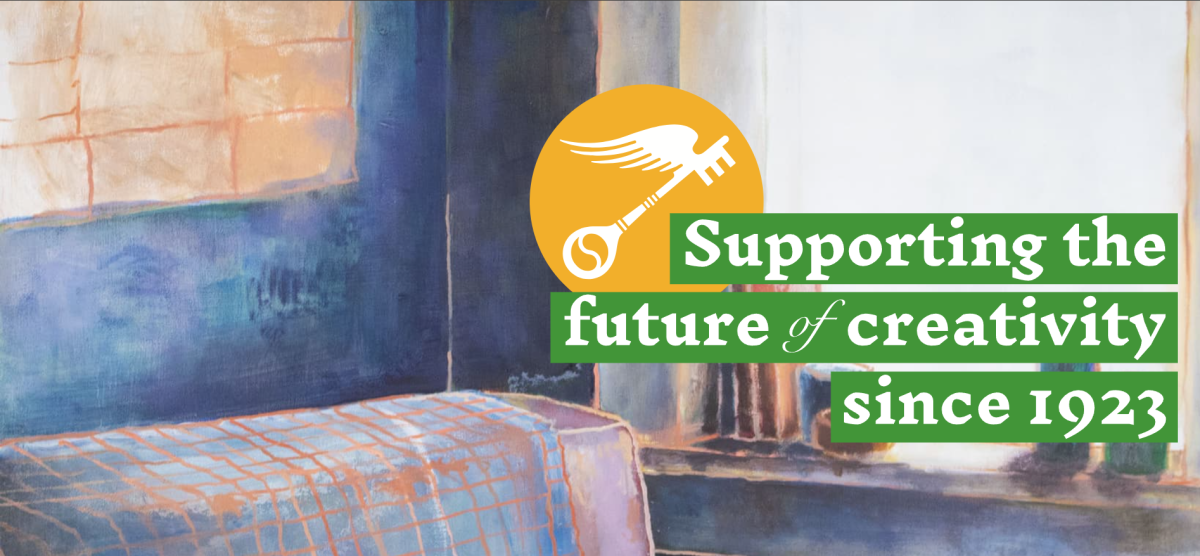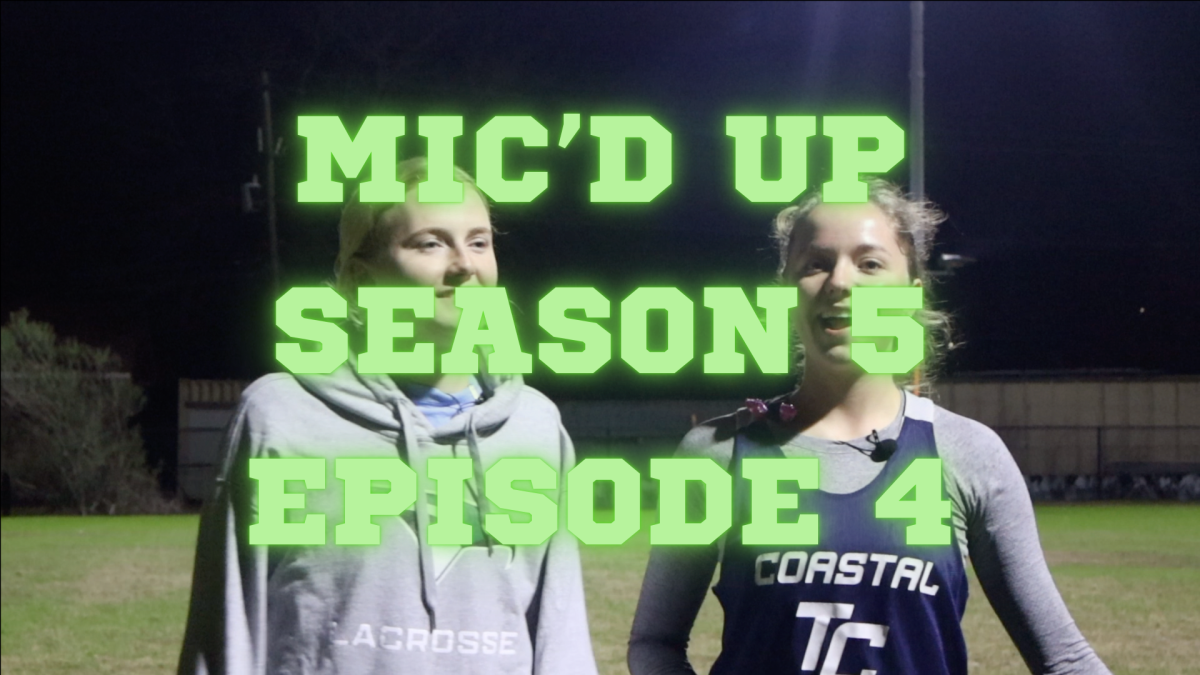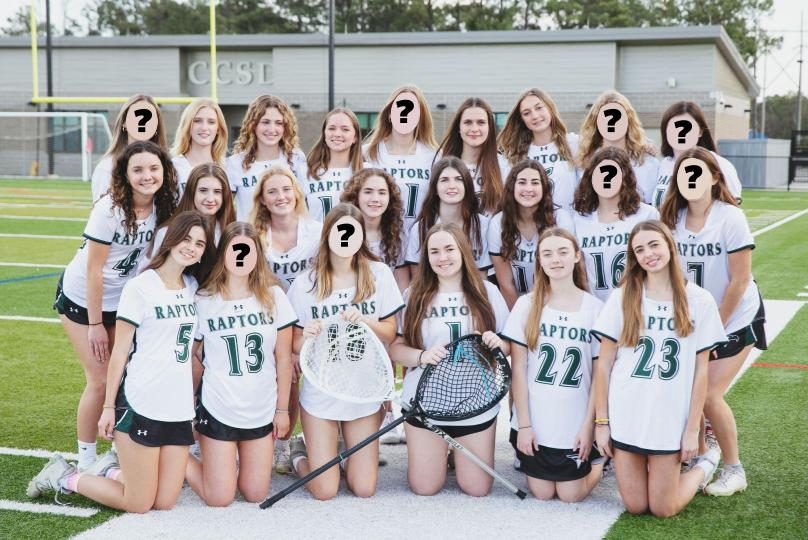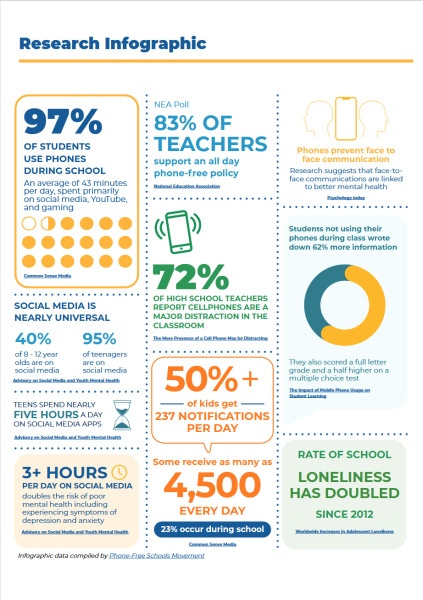
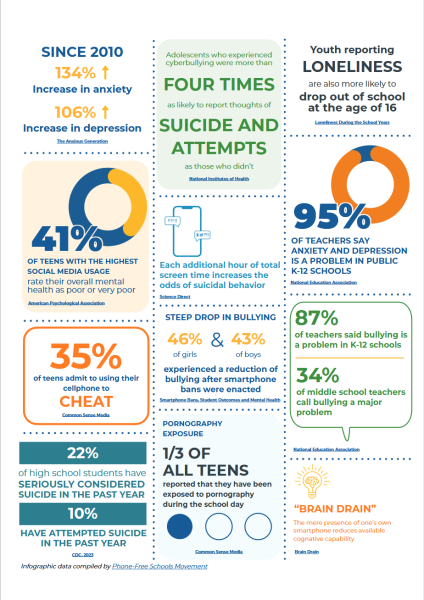
(This is a continuation of a previous article. https://amhsnewspaper.com/80623/opinions/the-questionable-research-behind-the-phone-ban/ Read it first.)
We start with the 5th claim, that an NEA poll found that 83% of teachers support an all-day ban. This is true, the poll was conducted by GBAO on behalf of the National Education Organization, the largest teacher labor union, and polled 2,889 union members, 83% of whom in total supported an all-day ban The infographic does leave out that 90% in total supported a ban during instructional time, but 83% is still a very solid majority. This is a credible and convincing statistic.
The next claim is that “72% of high school teachers report cellphones are a major distraction in the classroom”. This is honestly believable, given the previous poll. And the infographic, in fact, cites the previous poll. But this poll does not separate data based on grade, and does not claim this. Again, the School Board infographic cites the wrong source. It makes you question some things about its creators, such as, “did they proofread it?”. Going to the original PFSM toolkit reveals the source meant to be cited is that which it claims to link to, “The Mere Presence of a Cell Phone May be Distracting,” a 2014 article in Social Psychology, a Journal published by Hogrefe, a source with little information on the web, but with no indication of untrustworthiness. Unfortunately, this article is not publicly available, and while I am dedicated to discovering the truth about this infographic, not enough so to spend $28 to read this article. While I am willing to give the PFSM the benefit of the doubt, the abstract of the article makes no mention of teachers, or the usage of phones in schools at all. The 72% statistic could very well be in there, but as aforementioned, the previous poll contained similar statements, and is credible, so why cite this study? I have no idea what their sample size was, or even if this paper is the original source of the claim.
Next are three claims together, citing the first source again, the Common Sense study. The median number of notifications per day was 237, and 23% of those notifications were during school hours. But the claims that “some receive as many as 4,500 every day” is misleading. “Over 4,500” was the maximum number of notifications delivered in a single day, according to Common Sense, (exact figures are not stated) so claiming that’s the number “some” receive “every day” is not supported by their source. Also notable, but not mentioned in the infographic, is that most notifications are ignored. The average number of notifications engaged with was 46 per day, and the absolute maximum engaged with was 1,200. These numbers are still very high, but also prompt a question that should be being asked for all of these claims: does this actually prove that there should be a cell phone ban? While “kids are receiving too many notifications” is a problem that you could advocate solving, banning cellphones in schools is objectively not a way to do so. Kids are still receiving the same number of notifications, but now they have more to read at the same time at the end of the school day.
The next claim is made of two parts, “Phones prevent face to face communication” and “Research suggests that face-to-face communications are linked to better mental health”. Ignoring the inconsistent spelling of “face-to-face,” something you can now never not notice, these claims cite a Psychology Today article, not a scholarly source, about an actual study in the journal Nature. This study is not about the effects of cellphones on social interactions, or schools, but about isolation during quarantine. The first claim does not appear in the article, because it is not about cellphones causing isolation. While the claim “phones prevent face to face communication” seems reasonable, the infographic falsely makes it appear that it isn’t unsourced, which it is. The findings of this study are much more interesting than “face-to-face communication is good for you.” While that is one of their findings, they also found that digital text-based communication is also meaningfully connected to better mental health, which makes sense. While face-to-face communication is best, texting people is still much better than not communicating at all. Now apply this idea to a cellphone ban in school (because remember, this study is about isolation during COVID lockdowns). If having phones is what’s preventing people from talking to each other in social situations, then removing the phones, according to this simplistic model, would improve mental health. But consider the idea that some people who are on their phones are using them for text-based communication, and would otherwise not engage in any communication. Under this model, that would mean that taking the phones away would in fact be detrimental to some student’s mental health. But also, maybe we shouldn’t be using a study that is not about cellphone usage in schools to predict the effects of cellphone usage in schools.
The infographic then explains another study (actually citing the study itself), this one actually dealing with cell phone use. It is a study in the journal Communication Education, which is peer-reviewed. Again, I am not willing to pay the $58 dollars required to read this article. But I can verify that it found what the infographic claims it did, because it’s all in the abstract. For underclassmen, the abstract is a short summary of the study and its findings, which is usually available without paying for it. The study did find that students in one of three groups sorted on cellphone usage, who did not use their phones, wrote down 62% more notes, wrote more detailed notes, and scored one and a half letter grades higher than those who used phones. I can’t verify their methodology, or check their sample size, but there again is no reasonable doubt of this paper’s credibility.
The claims analyzed today may have returned some trustworthiness to the infographic, but the second page’s claims are where I believe it makes some of the most egregious claims.






